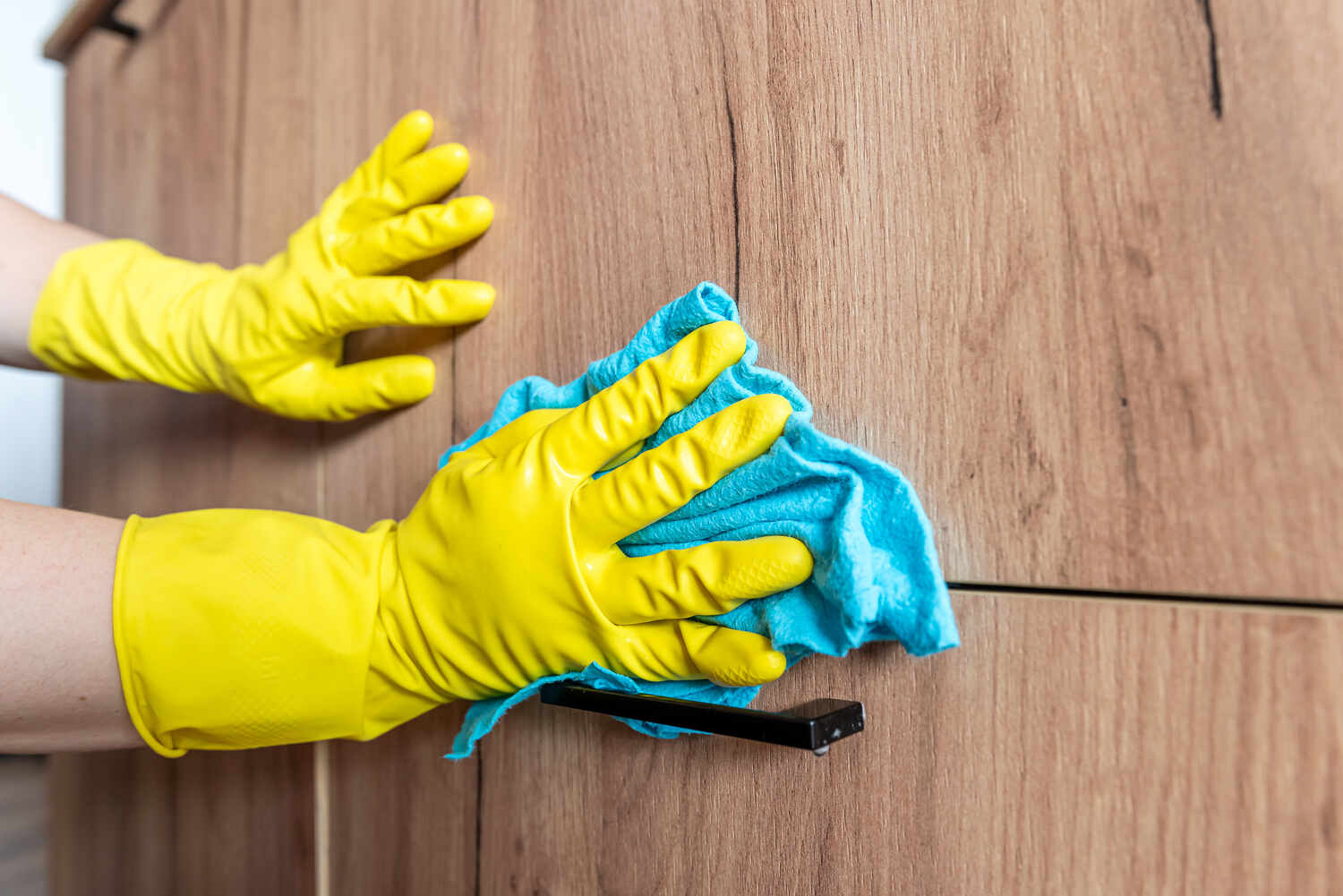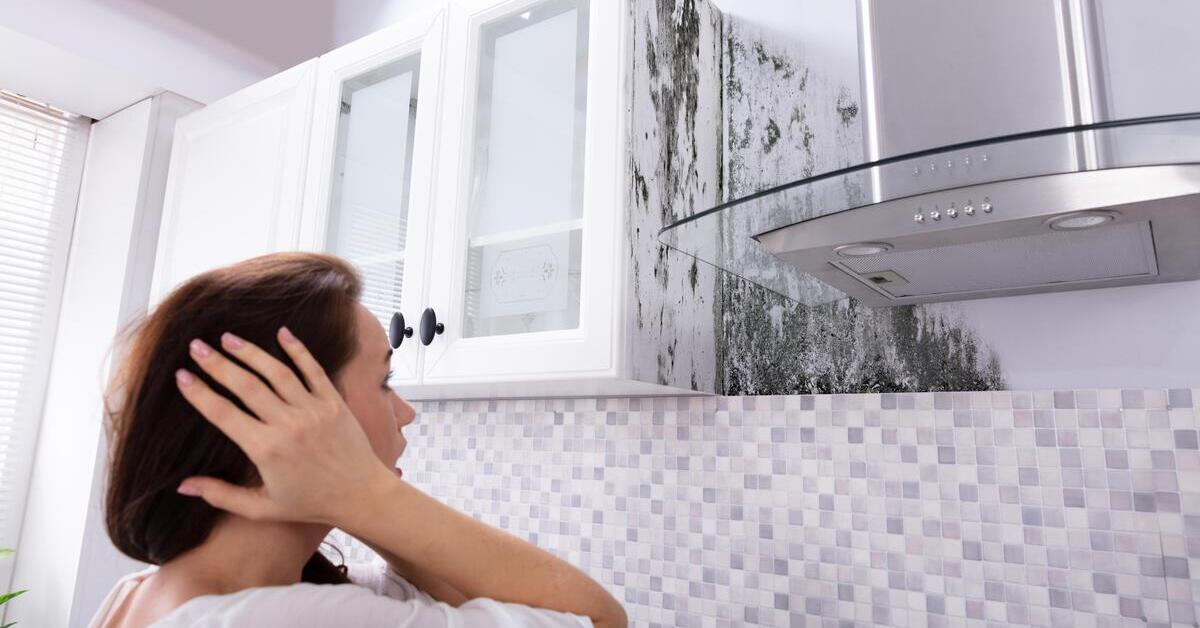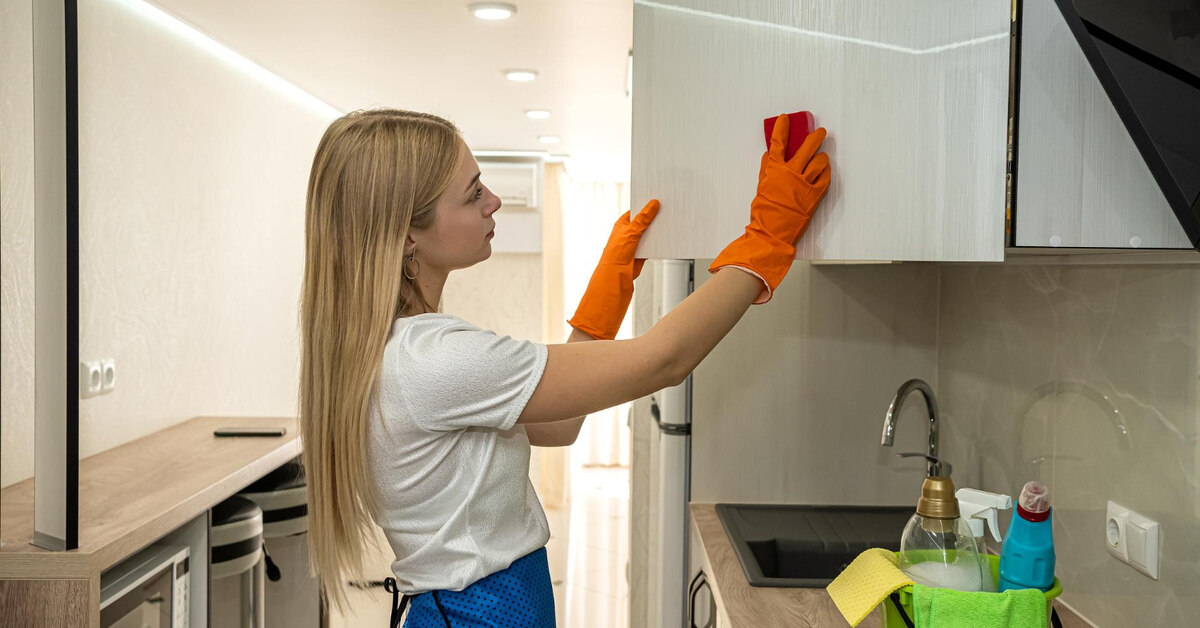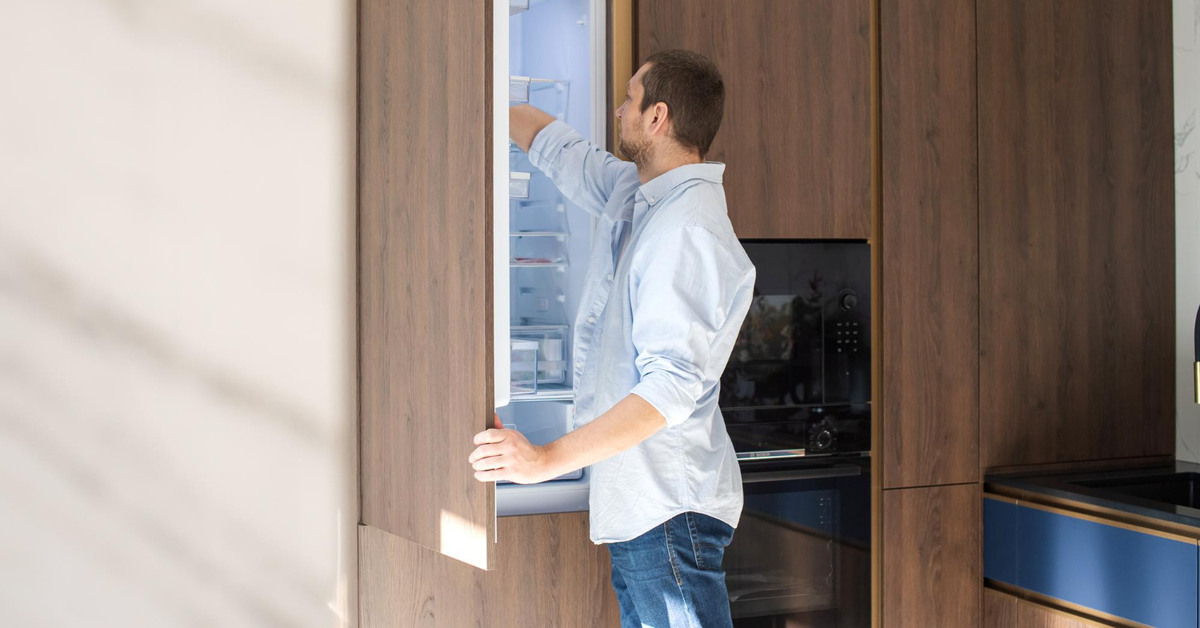Kitchen cabinets are more than just storage spaces; they are the backbone of your home, providing both functional and aesthetic merits to your home. Unfortunately, over time, the cabinets can get small blemishes or start to show general wear and tear. Depending on the severity of the damage, they can negatively impact the use of the cabinets as well as their gorgeous appearance. This guide will help you learn how to prevent common kitchen cabinet damage, provide maintenance tips and tricks to preserve the beauty of your kitchen cabinets.
Understanding Common Causes for Cabinet Damage
Understanding the causes and the root issues is the most important step in learning how to prevent common kitchen cabinet damage. It is crucial to remember that such deep damages don’t have to occur overnight; they can happen incrementally without you noticing until it is too late.
The most common culprit for kitchen cabinet damage is moisture caused by cooking and cleaning. Moreover, heat from appliances can also impact the cabinets. Lastly, the general wear and tear that comes with opening and closing the cabinets daily adds to the aging of the cabinets. Considering, paying attention to, and addressing each of these potential damage causes will be incredibly influential in preventing these damages.
How to Protect Against Moisture and Humidity?
Moisture is one of the most relentless and corrosive factors when it comes to kitchen cabinets. It is an arch-nemesis of wood, with the potential to lead to warping, smelling, or even decay if it is left unchecked. This doesn’t have to be in the form of large amounts of water; vapor from the stovetop or condensation can seep into the seams of the wood. To limit moisture damage, you can follow these steps:
- Wipe up the spills immediately: Keep microfiber cloths close by and wipe spills as soon as they happen. Leaving spills where they are will allow the liquid to seep into the wood to cause swelling.
- Pay attention under the sink: Regularly check for leaks to ensure there are no issues with the plumbing. Checking once a month will prevent wood rot or mold.
- Use an exhaust hood: Using an exhaust hood and selecting the appropriate settings for boiling or steaming will direct water vapor and humid air outside.
Managing Heat Exposure
Heat can discolor the wood, affect the finishes, and weaken the fibers of the wood over continuous contact. Similar to how chocolate melts when it is left under the sun, heat also causes the wood to lose its shape.
To shield the cabinetry from thermal stress, you should maintain a sizeable distance between heat sources such as the stove or the oven, and the wood surfaces. Moreover, place coffee makers or air fryers at least a few inches away from the cabinet doors. Use trivets or heat mats before placing hot pans and pots on wood surfaces.
Tips for Preventing Scratches and Dents
An accidental slip of a heavy pan can leave an unsightly mark on the cabinets. Treat your wood cabinets with care and diligence to avoid accidents. Instead of sliding heavy items in the cabinets, lift them fully and replace them where you want them to be.
In addition, protect the doors of the cabinets and drawers with rubber bumpers to cushion the impact of closing the cabinets too harshly. This will ensure the corners and contact points won’t be needlessly damaged. Adding cushioning will not only prevent the structural stress but also prevent the varnish from wearing off.
Best Ways to Maintain the Hardware of the Cabinets
As the hardware of the cabinets becomes loose or corroded, they will wobble, cause noise, and accelerate the wear on the joints of the cabinets. To make sure the hardware is secure in its place and operating smoothly, check the hardware every few months. Following a few easy steps will help you keep the cabinets looking and functioning as new.
- Grab a screwdriver and tighten a few screws that might be coming undone. This easy step will help maintain the structural integrity of the cabinets.
- If all of the hardware and hinges are secure in their place, you can apply a drop of food-safe silicone or candle wax to reduce friction. Reduced friction will halt the aging of the metal hardware.

What are the Right Cleaning Methods?
Using proper cleaning methods is an incredibly important aspect of wood kitchen cabinet maintenance. Improper methods, overly harsh cleaning solutions, or abrasive tools can damage the cabinets significantly.
For regular cleaning, use a mixture of mild dish soap and water. This solution is capable of breaking down dirt and grime without also breaking down the varnish of the cabinets. You can use a microfiber cloth or a soft sponge to wipe the surfaces. Make sure to wring out the excess water, the cloth should be damp, not dripping wet. Avoid bleach or ammonia-based cleaners.
Applying Protective Finishes
Pay close attention to the cabinets to detect when the protective varnish starts to wear off, to know when to refresh the cabinets. Reapplying varnish on the cabinets protects the cabinets against moisture, UV rays, and stains.
Choose a high-quality varnish that is compatible with the material of your cabinets. If you aren’t sure which one you should pick, you can contact the manufacturers of your cabinets and ask for their advice. Once you have your varnish picked, follow the instructions on the package closely for the best results. Give the varnish ample time to dry; rushing the drying time will result in an uneven finish.
Avoid Overloading the Cabinets
Too much clutter in the cabinets not only creates chaos for you but also wears down the cabinets quickly. It places unnecessary stress on the shelves and hinges. Overloaded cabinets can sag in the middle and even start to crack after some time. Instead of overloading the shelves,
- You can store the heaviest items on the bottom shelves. This way upper shelves won’t sag or strain.
- Fairly distribute the weight across multiple shelves. Don’t place all the heavy items on one shelf.
- Remove unused or no longer necessary items and declutter them. This is not only useful for maintaining a neat home but also relieves the shelves.
Seal Gaps and Cracks
Regularly seal any tiny crack or seam that might be the entry point for moisture or unwanted pests. You can treat small chips or cracks with wood filler that matches the color of the cabinets and patch the imperfections swiftly. Around sink bases, you can apply a small bead of caulk and blend it in. The caulk will prevent water infiltration for dry cabinets.
In short, learning how to prevent common kitchen cabinet damage can be a straightforward process. With a few easy steps, you can ensure that your cabinets maintain their beauty and functionality for a long time.
FAQ
- How often should I clean my kitchen cabinets?
You can wipe down your kitchen cabinets weekly using a mild dish soap and a soft cloth to avoid dirt or oil build-up. In addition, deep clean the cabinets every three to six months, depending on the level of use. Regularly deep cleaning will not only maintain the beauty of the cabinets but also help you notice any possible functional or structural issues early.
- Can I use vinegar to clean kitchen cabinets?
While vinegar is a useful and potent natural cleaning agent, in the case of kitchen cabinets, its use isn’t recommended. The acidic nature of vinegar can strip the varnish of the cabinets over continuous use, leaving the wood unprotected and open to moisture damage. - How do I prevent mold under kitchen sink cabinets?
The best tips for preventing mold under kitchen cabinets are to ensure proper ventilation, fix leaks as soon as they happen, and apply silicone caulk along the seams. Proper ventilation will remove excess moisture from the room, fixing leaks promptly will prevent them from seeping deeply into the wood, and silicon caulk will add an additional protective layer.



